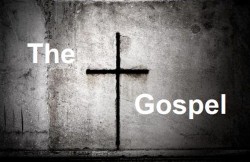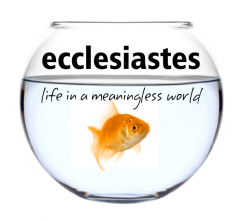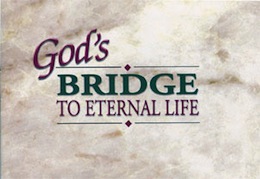June 2, 2013
Mankind is dying and condemned. The bleakness of the picture must be accepted before the good news can be. Hope is not recognized as hope unless one sees first a hopeless situation.
May 26, 2013
The wise words of the Preacher are goads for fools.
May 26, 2013
How Jehovah-God affirmed his commitment to his people is moving and powerful. What a memorial to his loving-kindness! God showed power and sent prophets to prove irrefutably that he was able to deliver Israel. They had no reason to doubt him. God doesn’t need to write himself a note so that he doesn’t forget. He didn’t […]
May 19, 2013
With all its frustrations, life can still be full of “joy” for us. Key to true joy is living for God and choosing what’s right = wisdom.
May 12, 2013
The biblical message of the coming Day of the Lord fills our hearts with confident faith, because even as we live in a sin-cursed world, we “walk by faith, not by sight,” knowing our eternal home is with Jesus (2 Cor 5:6–8). It motives us to eager prayer and fills our lives with longing for this redemption […]
May 12, 2013
Mothers, today, let us honor you and what Christ has done for you and through you. Let me share with you how we are praying for you on this Mother’s Day. We ask the Lord today to help you…. At the end of each day thank the Lord for the gifts he has given (including children). […]
May 5, 2013
Violating God’s holiness and despising his glory is a serious offense, one that cannot be overlooked. As we see God’s wrath poured out on his Son on the cross, we begin to get a glimpse of the zeal God has for his glory. We must admit that our zeal for our own glory often eclipses […]
May 5, 2013
While life is full of vexations and blessings, we should not waste our life trying to fix things we cannot. Our primary occupation should be enjoying God and what he gives.
April 28, 2013
God will judge sin fully and fairly, and his righteousness does not show favoritism. This means that God hates sin—especially mine. Our only hope is to find salvation in God’s Son, who absorbed God’s righteous wrath against sin on the cross.
April 28, 2013
With all the complexities of daily human existence, we do have some comforting truths. First, God is always governing over his creation (vv. 2–11). Second, God is faithful to bless those who fear him (vv. 12–14).





